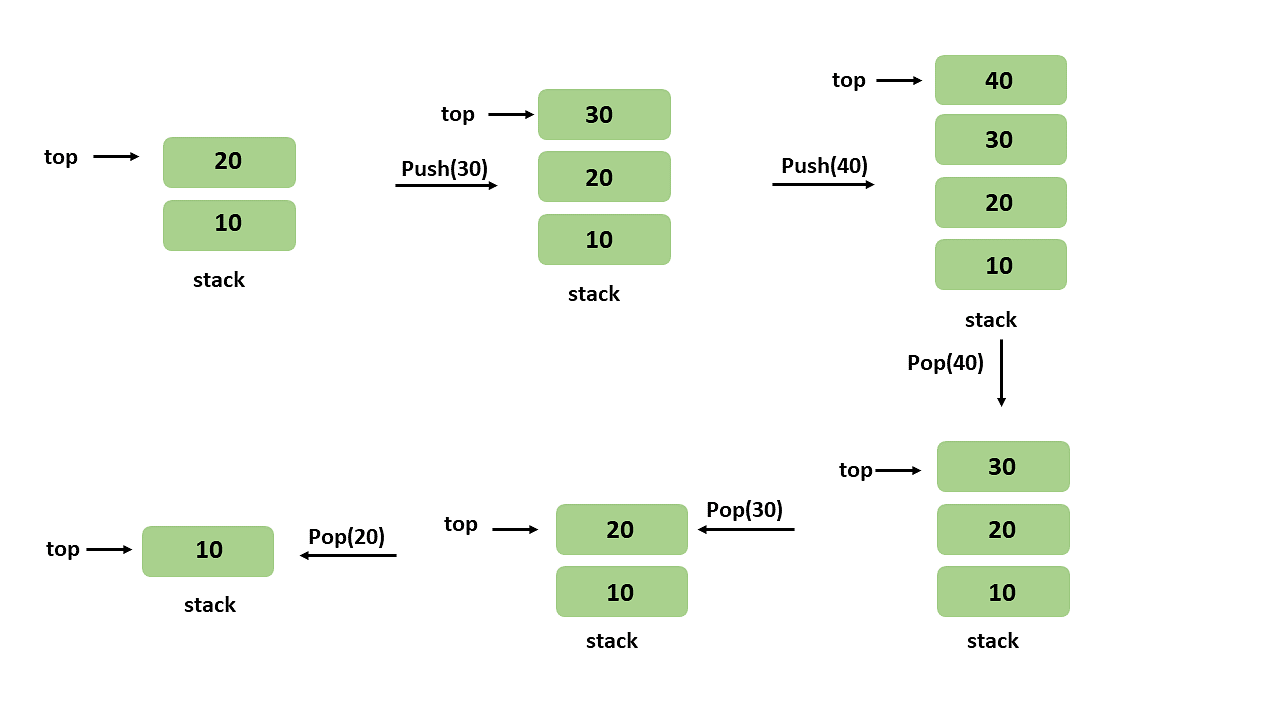

JavaScript is a single threaded language. To be more efficient, the event loop offloads certain operations to the kernel. It manages the operations of the computer and memory and hardware, specifically the CPU. System kernel - is the central part of an Operating System. They employ callbacks that allow operations to continue, and when the work is completed, the callback associated with that particular function or event fires. Non-blocking operations, on the other hand, work asynchronously. Essentially, synchronous, do one thing at a time.p blocking - blocking is when the execution of a JavaScript program must wait until another part of the program is completed, sometimes non-JavaScript operations. Runtime - the time in which a program is running. In the context of JavaScript, it refers to the event loop’s ability to execute callback functions after completing other work. The Event Loop and Queuesīefore we get to what the event loop is, we need to understand a few terms first.Ĭoncurrency - In computer science, parts of a computer program can run out of order without affecting the outcome. Is there anything similar in JavaSrcipt that utilizes Queues? Yes: the event loop. Under the hood, we learned in my post on Stacks, that any time a function is called it creates an execution context and is allocated a stack frame on the execution stack. Our Storage mechanism is as follows: // _underscores indicate "private variables" to other engineers const Queue = function(capacity) q.until('bb') // 2q.count() // 2 The difference between the two gives the queue size.

To track our items, we use the head for the front of the queue and tail for the back. Other methods include peek, contains, until, and count. When an item is inserted into a queue, it’s called enqueued.

Then we’ll start with an implementation using the pseudoclassical method and a base object. Like my post on Stacks, we will describe the API for a Queue. ImplementationĪ simple implementation using arrays is with the method shift() to remove from the front and unshift() to add the front. In Queues, items are processed in the order they are inserted. Each item in the array gets processed in the order it was inserted, from index 0 to index.length - 1. This also happens when we iterate over items with a for or while loop, forEach(), or map() method. The main reason is queues process data fairly and preserve the order of the collection. What would happen if we used a LIFO, or stack data structure? For simplicity sake, let’s say we need to capitalize every letter streamed. As it comes in, we need to do something to it and then write it to a file to read later. For example, suppose we have a stream of data in the node. So we have differences in the order of processing - why? We need a different method of processing data that preserves the order. Queues are very similar to Stacks regarding interface, with the difference being Stacks process data Last In, First Out. This method of ordering data for service, in our case, people, is what Queues are all about. Other real-life scenarios are toll booths or wedding chapels in Vegas. The customers are arranged in a particular order, First In, First Out. When you go the Shake Shack, most often there are other people on the line waiting to be served. By Kevin Turney Data Structures 101: Queues credit: att systems group Starting with a Queue


 0 kommentar(er)
0 kommentar(er)
